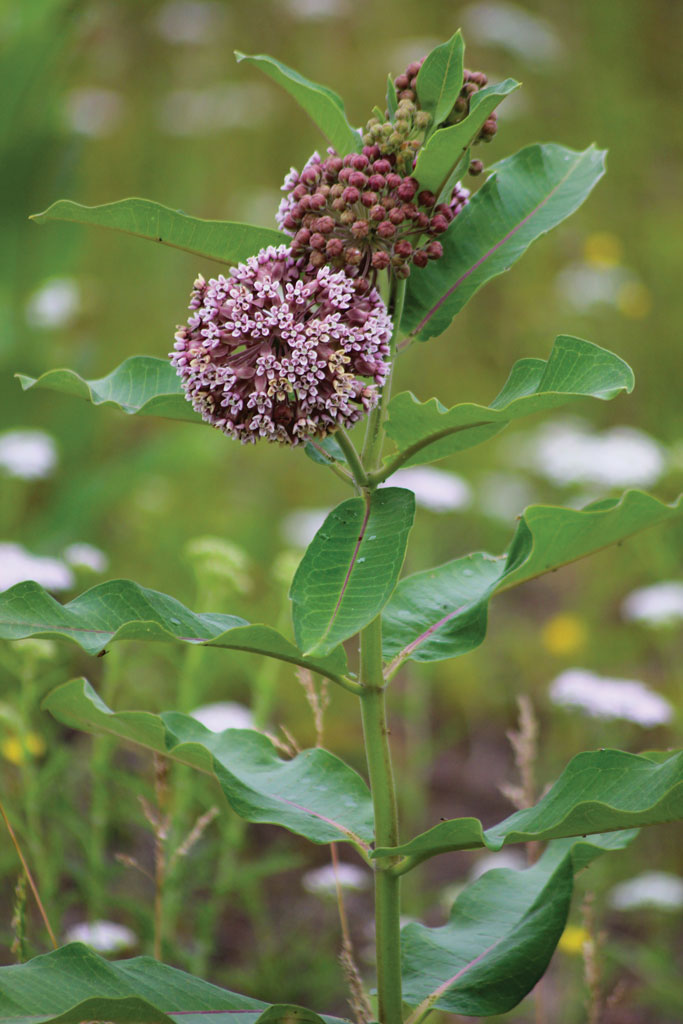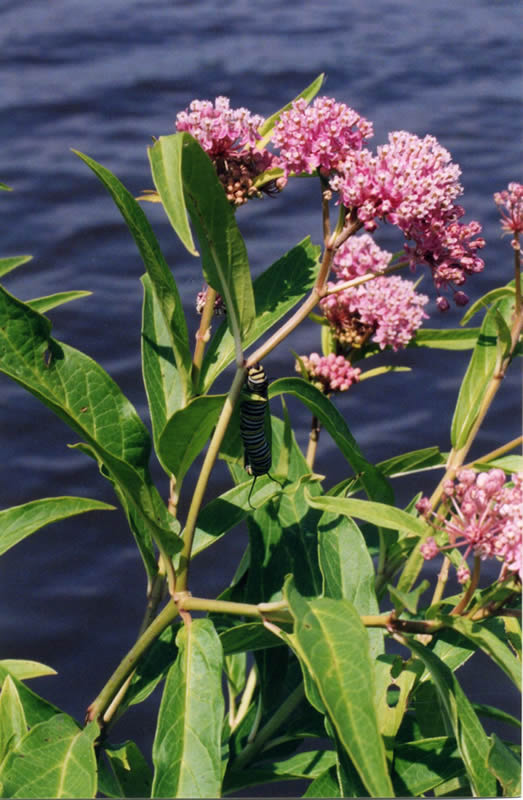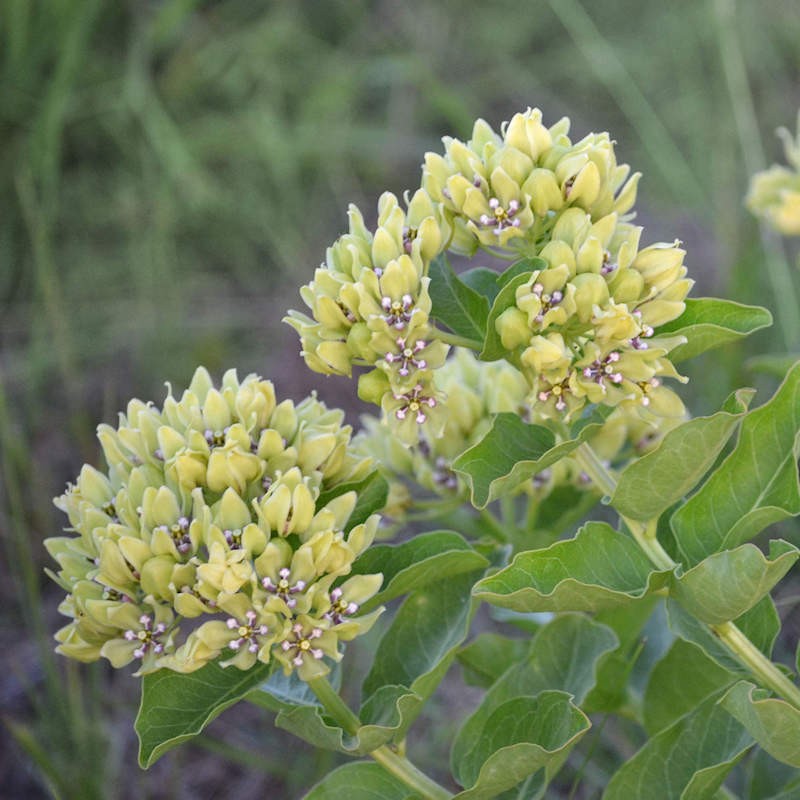
So I see Peanut Butter sent you over here safe and sound! Good to have you here. In this little corner, we're going to be covering the milkweed plant and its ecosystem, which means we're going to be going over a handful of different bugs and larva. I will include multiple pictures for reference. If that bothers you, you can go back to the regular garden here!

 Warning! Milkweed and Dogbane are VERY similar! Both are poisonous, but it's important to know which one you're dealing with so you may handle it properly. Dogbane is NOT beneficial to the monarch lifecycle.
Warning! Milkweed and Dogbane are VERY similar! Both are poisonous, but it's important to know which one you're dealing with so you may handle it properly. Dogbane is NOT beneficial to the monarch lifecycle.



There are multiple ways to differenciate the difference between milkweed and dogbane, but it can be hard just by looking at the leaves. I've noticed that dogbane doesn't have a green stem as opposed to the matured milkweed's stem. Click here for a helpful article.

There are around 100 types of native milkweed around North America, but we're going to be going over the common milkweeds that can be found easily. Who knows? You might have some in your backyard and you may not know!
First, there's Common Milkweed (Asclepias syriaca). Pretty original name for a common type of milkweed, I know. This one can be identified by it's bloom that flowers into balls that is either pink or purple. For me, this is the native milkweed in my region, which is why I see them so often! This plant is shade intolerant, meaning it needs a lot of sunlight. It also needs moist soil, otherwise it'll shrivel up.
:max_bytes(150000):strip_icc():format(webp)/growing-butterfly-weed-in-your-garden-2539531-06-999a7926f9df4941bd424f11b0653c2c.jpg)
Butterflyweed (Asclepias tuberosa) has orange flattop flowers at the top. It's drought tolerant and can survive in dry or moist soil.

Swamp Milkweed (Asclepias incarnata) is also known as pink milkweed! It has deep pink flowers. This plant flourishes and requires damp conditions, hence its name. It also is shade tolerant!

Antelope-horns Milkweed (Asclepias asperula) is also known as Spider Milkweed (I never knew that! That's super cool ^__^). As the milkweed grows, it curves to resemble antelope horns. The bloom is yellow-ish green in color and a tinge of maroon. It needs sunlight, dry or moist soil, and medium water usage!
